The Photographer’s Portfolio Development Workshop
Learn to Think in Themes, Find Your Passion, Develop Depth, and Edit Tightly
William Neill
Creativity, Ebook, Photography, Popular Techniques, Print, Print and digital bundleRead More
Learn to edit, organize, and present your best work—and become a better photographer in the process!
Once a photographer has learned the fundamental techniques of photography—the basics of exposure, composition, and focus—their work often improves over the course of a few months or years. The world is full of wonders to photograph, and photographers can be pulled in many directions, excitedly chasing the light and the moment. This approach can certainly yield wonderful photographs, but over time the photographer’s progress often begins to slow, and eventually, it can stop altogether.
The reason for this is simple: creativity begins with image-making, but true progress comes with learning to edit and organize your work in ways that reflect your unique style and perspective, ways that offer you insight into how you can improve your work moving forward. In short, the key to becoming the best photographer you can be is to create an ongoing portfolio (or multiple portfolios) of your work.
Based on an eight-week course taught by renowned photographer and author William Neill, The Photographer’s Portfolio Development Workshop provides the tools and skills you need in order to create a methodology that allows you to create a tightly edited portfolio of work, no matter your end goal: a box of prints, a book, an online presentation or website, or even a gallery exhibit.
A portfolio is simply a collection of photographs with a consistent theme and consistent quality. In developing such a body of work, you will learn what your specific passions are, find focus for your work, and begin the iterative process of creating better and better photographs over time. By constantly working within a “feedback loop”—where you carefully assess and edit your images, note and learn from mistakes, then go out and create more photographs—you’ll develop a portfolio that is constantly gaining in strength, quality, and impact. It’s no surprise that you’ll also become a much better photographer.
No matter the photographic genre you work in, this book will teach you to objectively assess your work on both technical and aesthetic levels, establish a personal standard of quality, focus your efforts on new work, and become a better photographer. The book features eight lessons, along with assignments at the end of each lesson to propel you and your work forward. Throughout, Neill uses his own photographs to illustrate the process he has used for years to create multiple portfolios and books.
TABLE OF CONTENTS
Lesson 1: Find Your Focus
Lesson 2: Thinking in Themes
Lesson 3: Editing on a Technical and Aesthetic Level
Lesson 4: Grouping by Quality
Lesson 5: Adding New Work
Lesson 6: Improving Your Portfolio
Lesson 7: Where You Can Go From Here
Lesson 8: Putting It All Together
Read Less
- Print and eBook Bundle: $39.99
- Print Book: $30
- eBook: $23.99
| BOOK AUTHOR | William Neill |
|---|---|
| PAGE COUNT | 112 pages |
| TRIM SIZE | 8 x 10in |
| COVER | Soft Cover - with flaps |
| ISBN | 9781681988238 |
| PUBLISH DATE | 08/2022 |
- TABLE OF CONTENTS
- Lesson 1: Find Your Focus
- Lesson 2: Thinking in Themes
- Lesson 3: Editing on a Technical and Aesthetic Level
- Lesson 4: Grouping by Quality
- Lesson 5: Adding New Work
- Lesson 6: Improving Your Portfolio
- Lesson 7: Where You Can Go From Here
- Lesson 8: Putting It All Together
3 reviews for The Photographer’s Portfolio Development Workshop
You must be logged in to post a review.
Related products
-
The Enthusiast’s Guide to iPhone Photography
Apple Photos, Ebook, Enthusiast's Guides, Image Editing, iPhone Photography, Photography, Print, Print and digital bundle, Specialized Topics This product has multiple variants. The options may be chosen on the product page $19.99 – $34.99Price range: $19.99 through $34.99The Enthusiast’s Guide to iPhone Photography
Apple Photos, Ebook, Enthusiast's Guides, Image Editing, iPhone Photography, Photography, Print, Print and digital bundle, Specialized Topics This product has multiple variants. The options may be chosen on the product page $19.99 – $34.99Price range: $19.99 through $34.99 -
David Busch’s Nikon D850 Guide to Digital SLR Photography
Ebook, Nikon, Photography, Print, Print and digital bundle This product has multiple variants. The options may be chosen on the product page $35.99 – $54.99Price range: $35.99 through $54.99David Busch’s Nikon D850 Guide to Digital SLR Photography
Ebook, Nikon, Photography, Print, Print and digital bundle This product has multiple variants. The options may be chosen on the product page $35.99 – $54.99Price range: $35.99 through $54.99 -
The Flash Book
Ebook, Lighting, Photography, Popular Techniques, Print, Print and digital bundle This product has multiple variants. The options may be chosen on the product page $23.99 – $39.99Price range: $23.99 through $39.99The Flash Book
Ebook, Lighting, Photography, Popular Techniques, Print, Print and digital bundle This product has multiple variants. The options may be chosen on the product page $23.99 – $39.99Price range: $23.99 through $39.99 -
The Enthusiast’s Guide to DIY Photography
Ebook, Enthusiast's Guides, Photography, Print, Print and digital bundle, Specialized Topics This product has multiple variants. The options may be chosen on the product page $19.99 – $34.99Price range: $19.99 through $34.99The Enthusiast’s Guide to DIY Photography
Ebook, Enthusiast's Guides, Photography, Print, Print and digital bundle, Specialized Topics This product has multiple variants. The options may be chosen on the product page $19.99 – $34.99Price range: $19.99 through $34.99
Related products
-
Mastering the Olympus OM-D E-M1 Mark II
Camera Brands, Darrell Young, Ebook, Olympus, Photography, Print, Print and digital bundle This product has multiple variants. The options may be chosen on the product page $35.99Mastering the Olympus OM-D E-M1 Mark II
Camera Brands, Darrell Young, Ebook, Olympus, Photography, Print, Print and digital bundle This product has multiple variants. The options may be chosen on the product page $35.99 -
The Enthusiast’s Guide to Photoshop
Ebook, Enthusiast's Guides, Image Editing, Photography, Photoshop, Print, Print and digital bundle This product has multiple variants. The options may be chosen on the product page $19.99 – $34.99Price range: $19.99 through $34.99The Enthusiast’s Guide to Photoshop
Ebook, Enthusiast's Guides, Image Editing, Photography, Photoshop, Print, Print and digital bundle This product has multiple variants. The options may be chosen on the product page $19.99 – $34.99Price range: $19.99 through $34.99 -
The Enthusiast’s Guide to DIY Photography
Ebook, Enthusiast's Guides, Photography, Print, Print and digital bundle, Specialized Topics This product has multiple variants. The options may be chosen on the product page $19.99 – $34.99Price range: $19.99 through $34.99The Enthusiast’s Guide to DIY Photography
Ebook, Enthusiast's Guides, Photography, Print, Print and digital bundle, Specialized Topics This product has multiple variants. The options may be chosen on the product page $19.99 – $34.99Price range: $19.99 through $34.99 -
Out of stock
Dusk to Dawn
Ebook, Exposure, Landscape, Lighting, Photography, Popular Techniques, Print, Print and digital bundle, Specialized Topics This product has multiple variants. The options may be chosen on the product page $31.99 – $49.99Price range: $31.99 through $49.99Dusk to Dawn
Ebook, Exposure, Landscape, Lighting, Photography, Popular Techniques, Print, Print and digital bundle, Specialized Topics This product has multiple variants. The options may be chosen on the product page $31.99 – $49.99Price range: $31.99 through $49.99


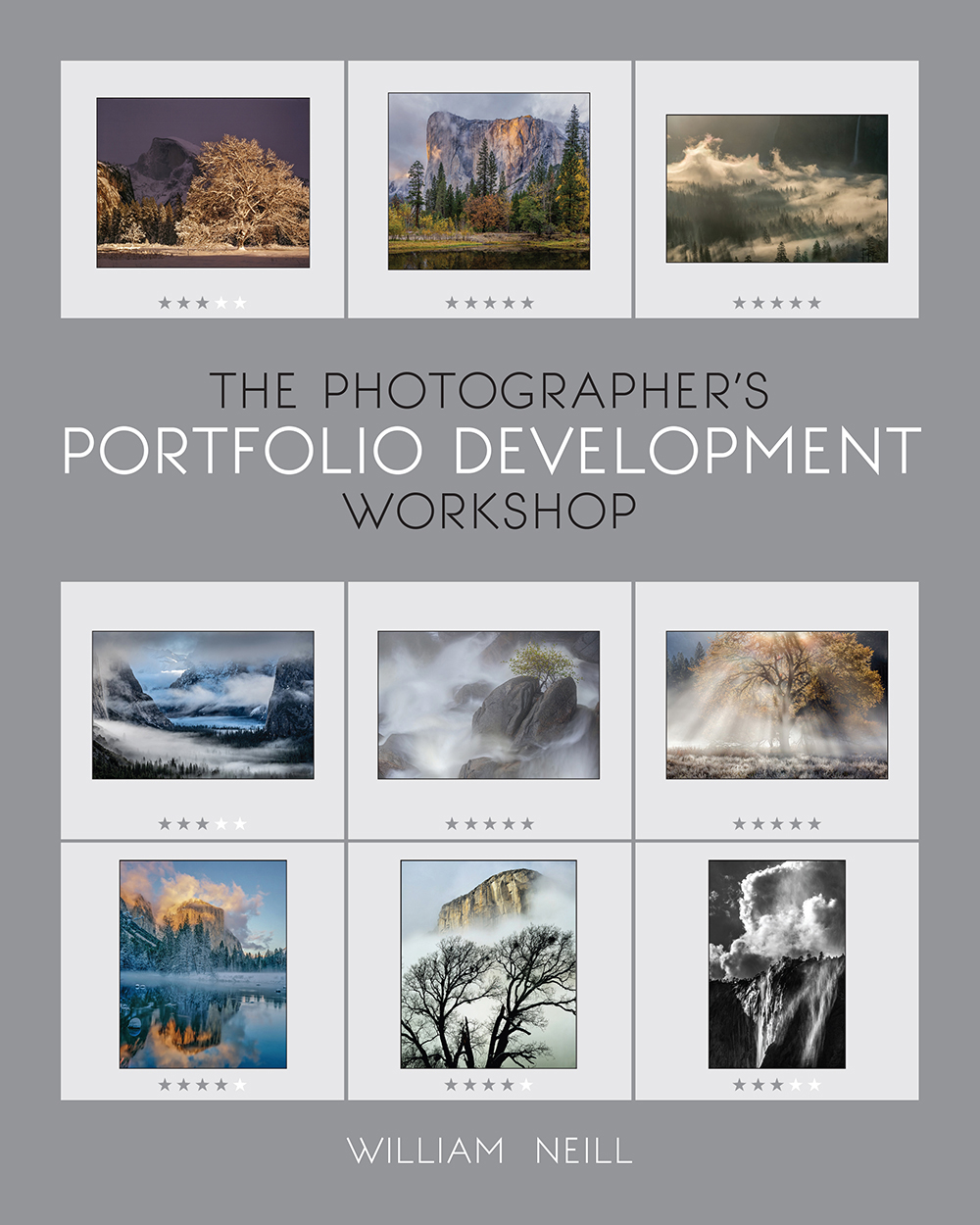
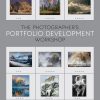
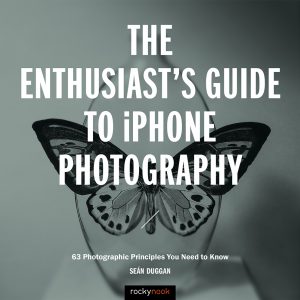
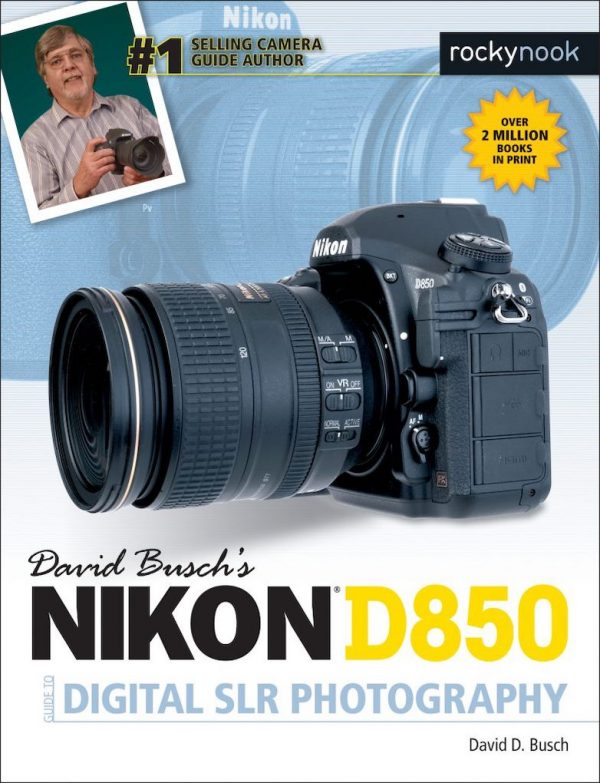
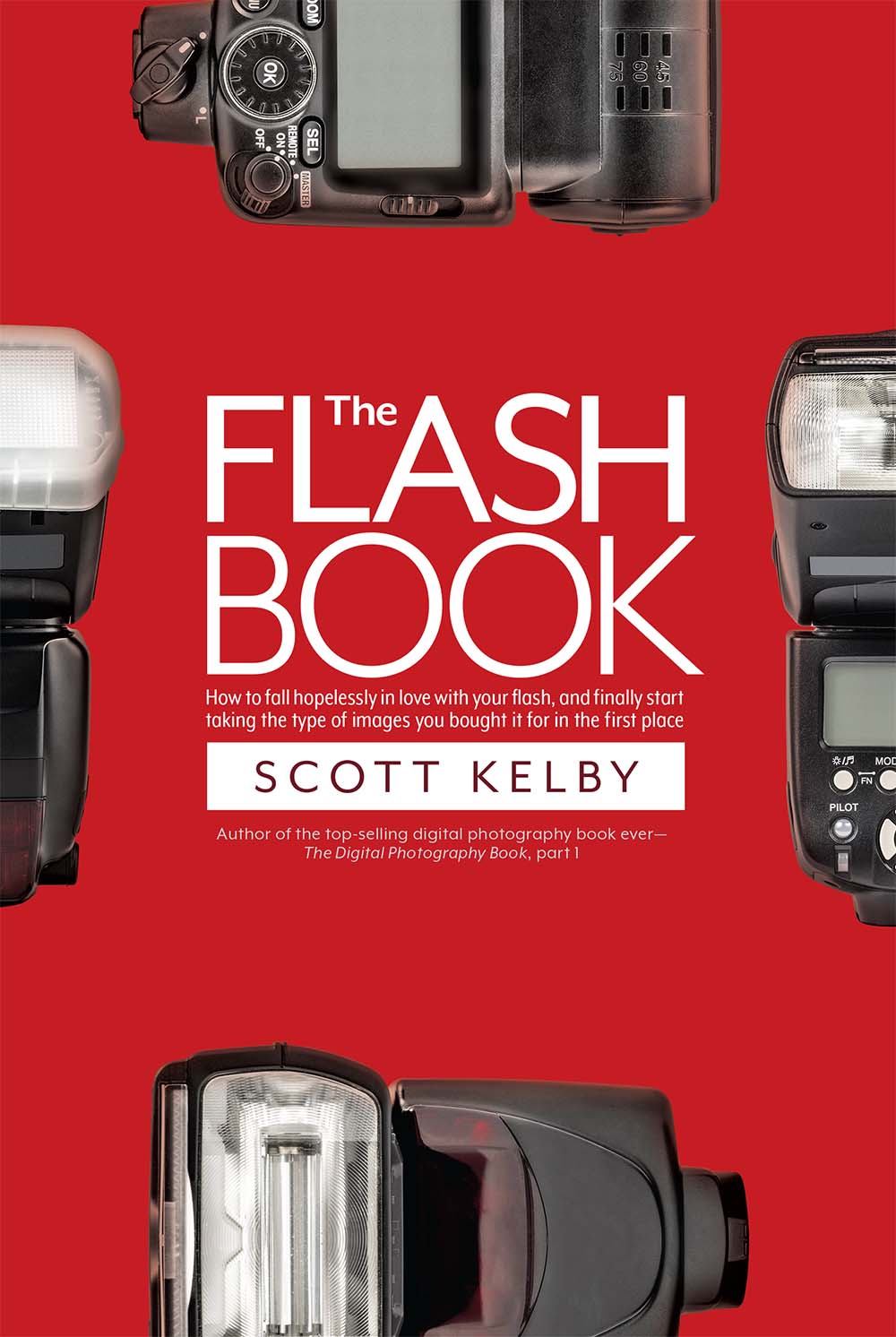
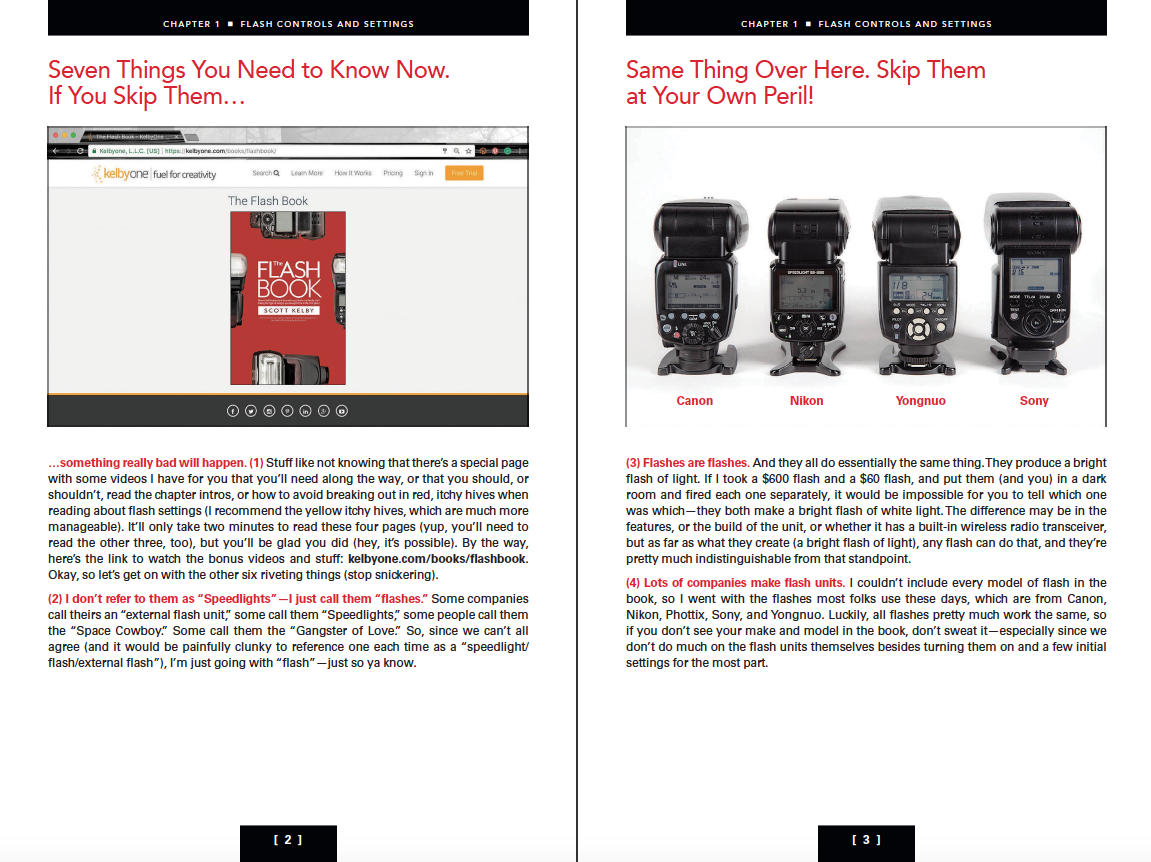
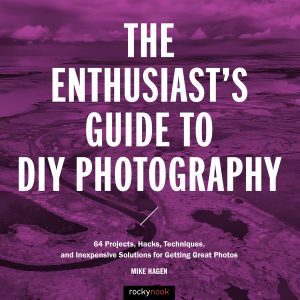
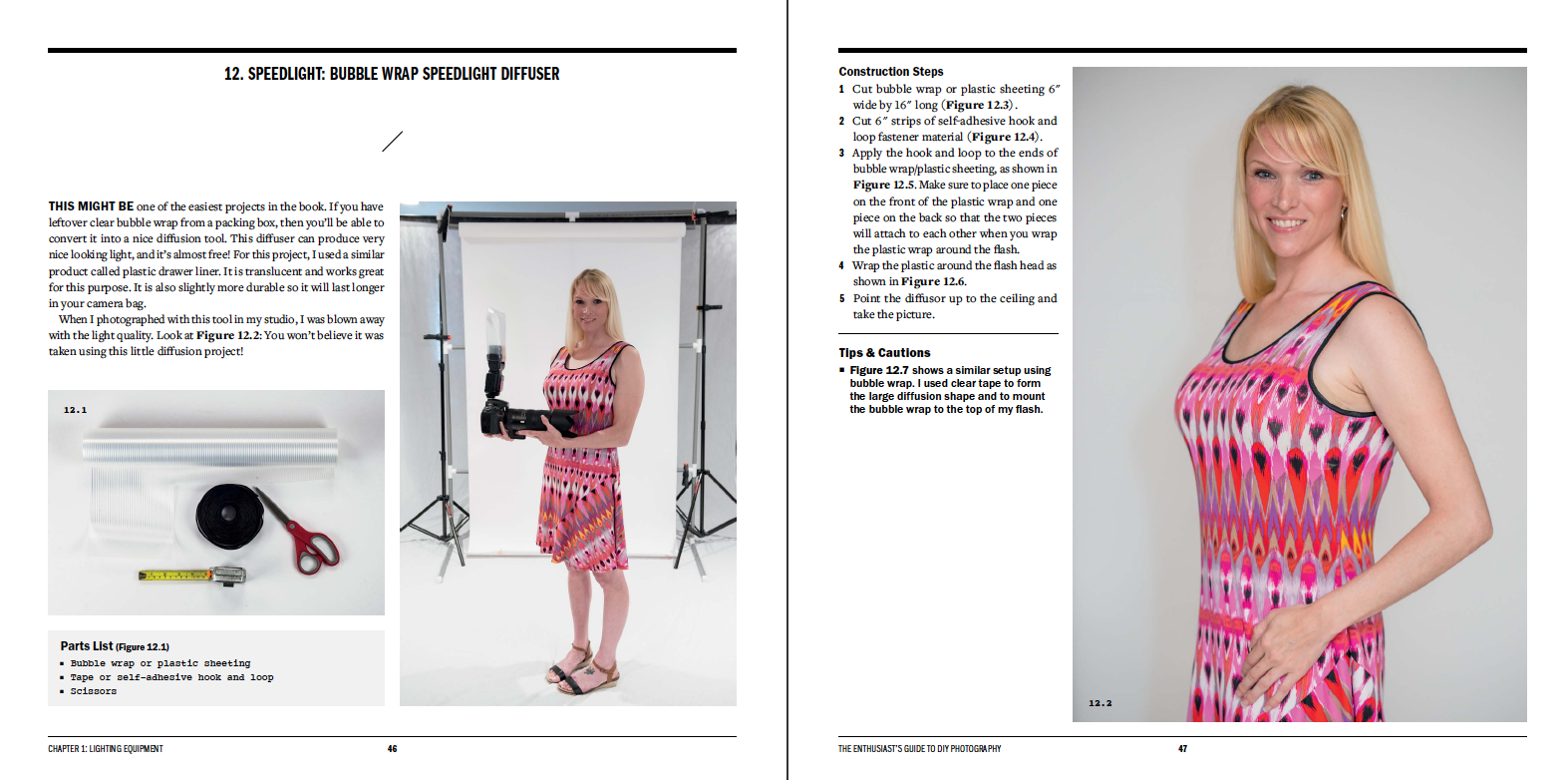

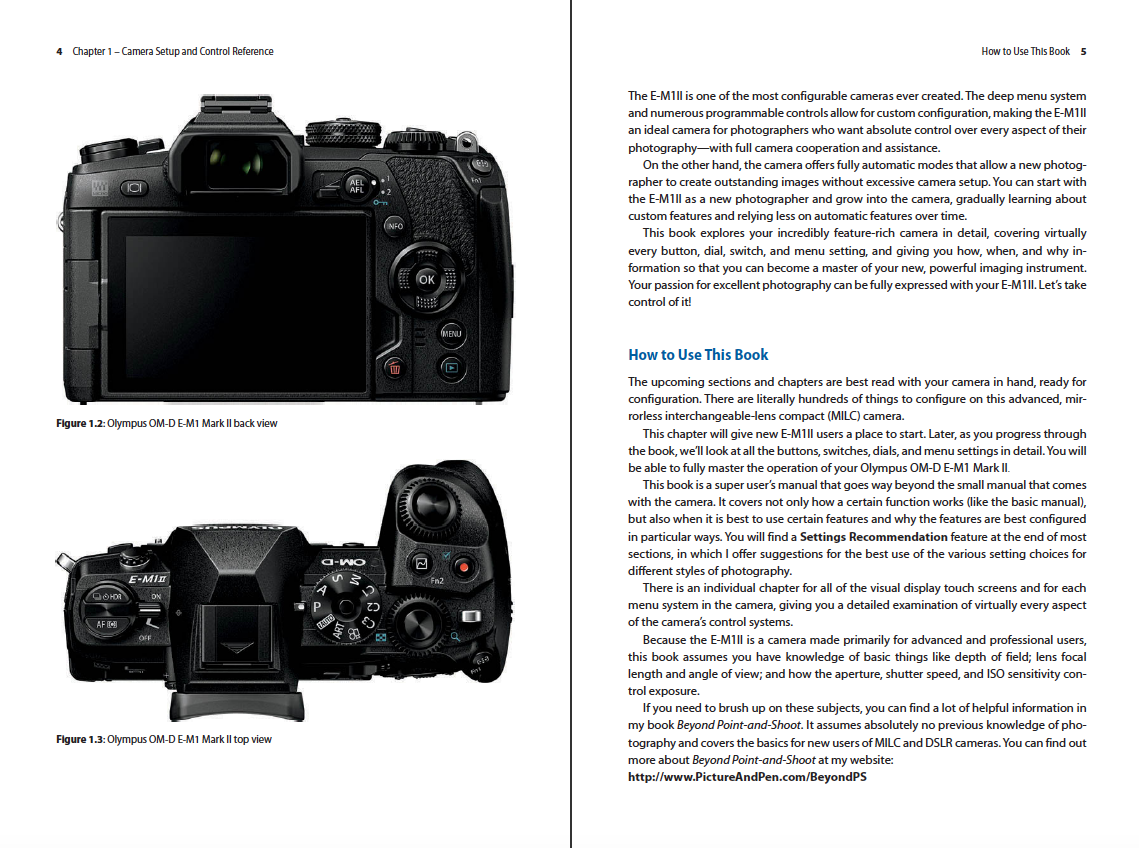
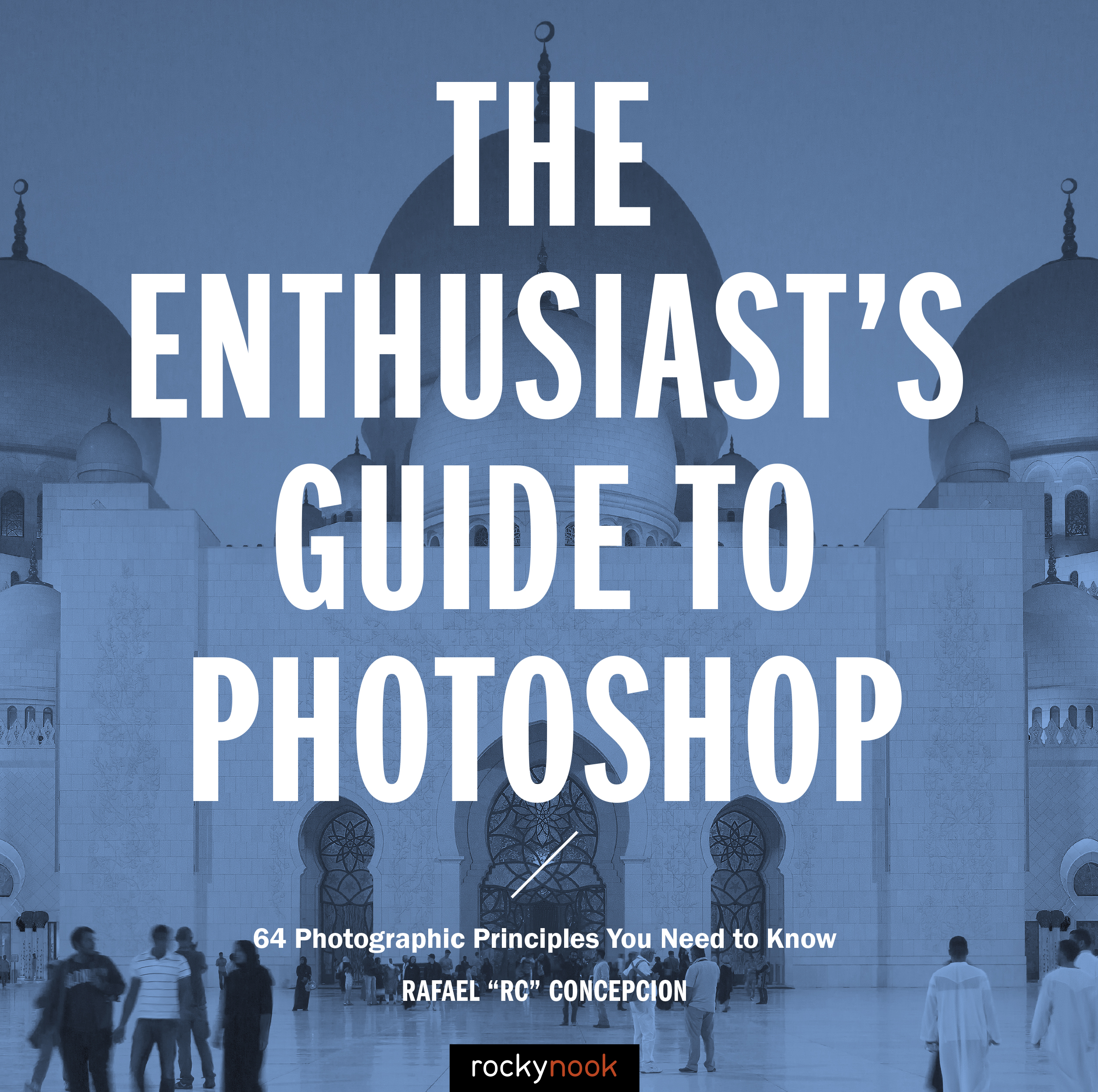

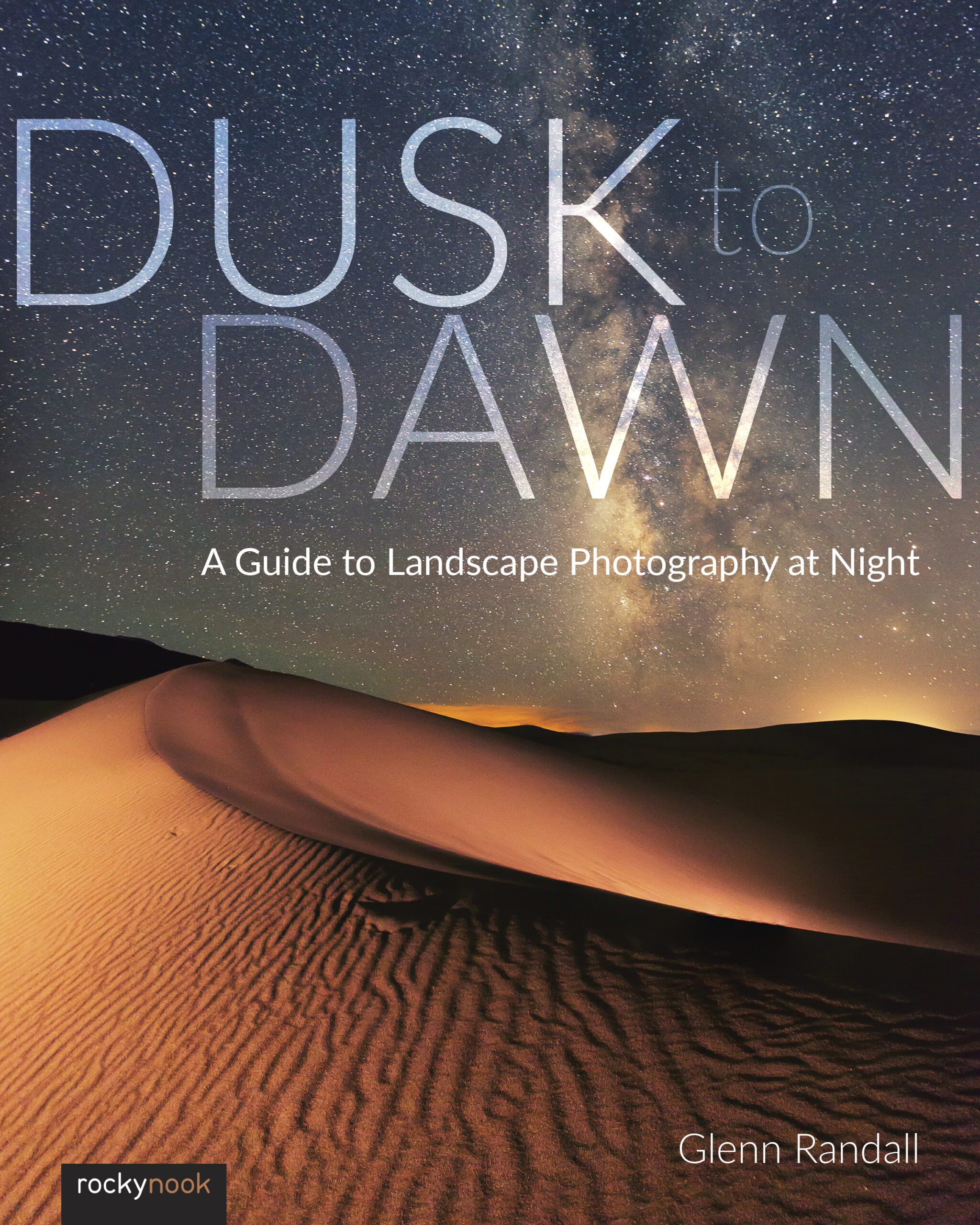

Gloria
One thing I realized in reading this well-written book is that it’s not only commercial photographers who need to know how to put together a portfolio; we hobbyists appreciate learning how to organize our work in a useful way as well. We organize for our own pleasure as well as for our audience of family and friends. Thus, this book is useful for any photographer. The author advises us at the start that we need to put into action what we are learning as we go and not just read the book through in one sitting. That’s certainly true for me. I need to work on each step before I move onto the next or I will lose my way.
A bonus of working with this author in his book will be becoming more adept at using Lightroom to organize my work. The author goes into useful detail on how to import photos in an organized way that will render the photographs retrievable and useful as time goes on. His chapter advising us to find and think in terms of themes for our work is one I especially enjoyed. He points out that by organizing our photos into themes, we can discover which are stronger. And later in this useful book, the author tells us not just to organize by themes, but to take the time to write a statement, however brief, about our collection and what it means to us. I have never done that but I am going to begin because I think putting into words what we think about our work can only be helpful.
Of course, Neill goes on to explain why actually telling stories with our thematic photographs is a great way to convey a message, whether it be a lighthearted message or something more serious like conservation. I think he’s right that, in addition, your viewer will enjoy having a narrative. The author encourages us ever to refine our themes and our photography and I think that’s an excellent suggestion, but one that we often don’t take the time to do. Much like writing, photography can be edited endlessly both post production and in our future making of images.
At the end the author gives us a checklist of how to proceed in finalizing our portfolio, including getting feedback and trusting our instincts. One obvious use of a portfolio is commercial, i.e. using it to demonstrate to potential clients the strengths of your photography skills. However, I think we amateurs need to work on portfolios as well in order to further our skills. And, occasionally, there is a use even for amateurs, such as volunteering for conservation groups with your photography, and it will help greatly to have an organized portfolio at that point as well.
This book gave me a lot to think about, and also, importantly, a detailed procedure on how to develop better portfolios. It’s a book I will refer to repeatedly.
jefforns
If you have ever tried to print your own book, or make a slide show or presentation; and was not 100% happy with the results, this is the book for you!
I have read many of William Neill’s books and learned from every one of them. Mr. Neill is a real photographer and artist. The main lesson I learned from this book is to ONLY use good (great) images…. quantity is not needed…. only quality. To me the most important Lessons are 2, 4, and 6, as these specifically talk about ‘themes’.
To start you must think in ‘themes’ and then photograph for those ‘themes’. When editing you must always keep the theme in mind.
If you want to present your work as a photographer this book is a must for your refence library.
Dirk Hüntemeyer (verified owner)
I admire Williams Work for a Long Time. It’s always an Inspiration for my own Work. The Books gives great Insights into the Work of a truley Master of Landscape Photography.